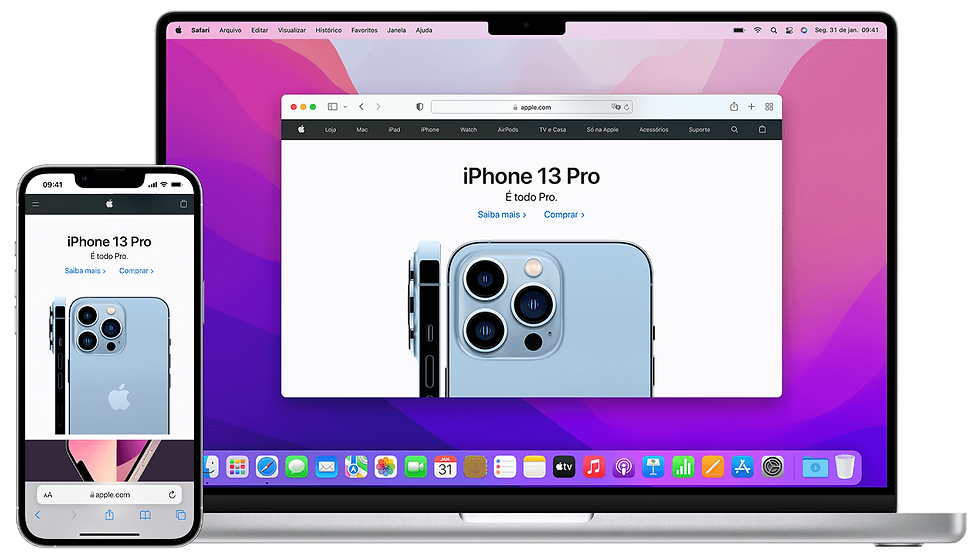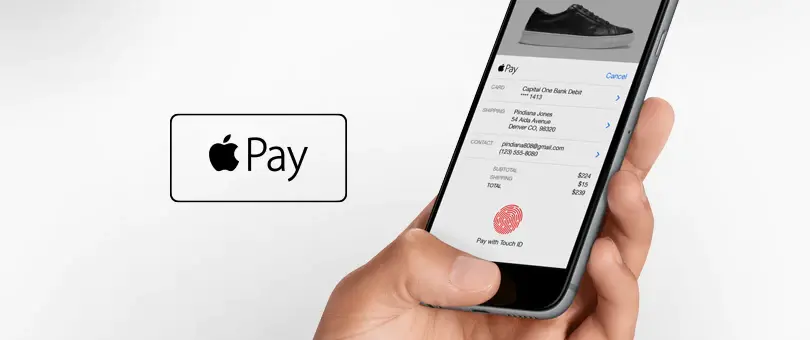My Mobile Day and Mobile-First Marketing Insights
- Gillian Wong

- Sep 22, 2022
- 5 min read
“Where are you now? Another dream…” the uplifting EDM music waking me up from my dream. I instinctively hit the snooze button to seize a few more minutes of rest. After several snoozes, I turn on the WiFi to check my notifications on Instagram, WhatsApp and Twitter, then check the weather before finally having to get up. This is how I begin my daily routine with my best friend – my mobile phone.

I want to unwind
During my commute to school, I wear my AirPods Pro and open KKBOX on my phone to play the ‘daily discovery for you’ playlist. Indulging myself in music and imagining that I am the main character in a music video is the best moment to unwind myself and relax my mind to prepare for classes all day long. KKBOX, a subscription-based music streaming platform, is one of my favourite apps. Not only because it provides different playlists categorized by moods, genre, chart, new music, singer, album, and so on, but it also provides editorially curated playlists based on my previous listening activities and behaviours. Sometimes I feel like KKBOX knows my music taste so well like a personal DJ. I value such kind of personalization and indeed 71% of consumers expect personalization from brands (Arora et al, 2021).
I want to know
Having the first lecture on paid media, the professor is introducing the IAB standards for display ads. Wait, what is IAB? As a newcomer in Canada, I have no idea about it and I want to know. So I immediately unlock my iPhone, open Safari and type “what is iab canada” on the search bar. In less than 1 second, I learn that the Interactive Advertising Bureau of Canada is the national voice and thought leader of the Canadian Interactive marketing and advertising industry. In the meantime, the professor asks us to go to IAB's official website and look for its standards and guidelines. Making use of Apple’s Handoff feature, I can seamlessly pass the search result page on Safari from my iPhone to MacBook Pro without needing to type the search query again.

Even though I set Google as the default search engine in Safari, I never download the Google Chrome app because Safari is just the perfect match for optimal cross-device experience within the Apple ecosystem. Besides the handy Handoff feature mentioned, Safari can sync passwords, tabs, bookmarks, history, and more, across different Apple devices which is very convenient. Seamless experience across all platforms and devices is part of mobile optimization and it becomes more important nowadays as mobile traffic contributes to 59.72% of all global traffic in 2022 (Statista, 2022). Marketers should consider responsive design for their websites or apps to eliminate friction and increase traffic.
I want to socialize
After the 3-hour lecture, it is my happy hour to eat and socialize. Besides chatting face to face with my classmates, I also use Instagram to socialize online with friends. I love posting Instagram stories, which are only visible on my profile for up to 24 hours, to share my daily random moments, like riding on a scooter or enjoying a soothing waterfront view from the campus.

Most of my friends just view my stories, while some of them might give a like or even reply to me. For sure, I also scroll through the stories feed to know about my friends’ lives, new products from my favourite brands, or events happening around. I really like such kind of engaging and real-time interactions as it is more true to life than a highly-edited standard Instagram post. There are 500 million users engaging with IG stories every day and it is suggested that one-third of the most-viewed IG stories come from businesses (Bojkov, 2022). Given that 80% of IG users follow at least one business account (Ahmed, 2017), marketers should consider allocating more resources to create organic and interesting IG stories to raise brand awareness and drive sales.

I want to browse
Finally, I am done with all classes today. My roommate just sends me a Whatsapp message saying that she is doing grocery shopping and asking if I need anything. So I quickly open Flipp to browse the latest flyers of grocery stores near my home. Once I find a suitable deal, I share it with her with one click. Overall, Flipp is useful and easy to use because it incorporates all paper flyers of groceries, pharmacy, electronics, pets, etc., into one digital space with a simple user interface. However, one mobile friction I encounter is that those clipped deals stay on my shopping list even if they have expired. I have to delete them one by one manually which is tedious. I would recommend the app remove those expired deals automatically since the users have already bought the items or abandoned them after a second thought. Also, the app can consider adding a “saved deals” tab for users to archive their favourite expired deals. It is important to take the user journey into consideration when designing apps.
I want to buy
The fallen leaves on my way back home remind me that winter is coming and I need a humidifier at home. After subscribing to Amazon Prime, I turn to Amazon whenever I want to buy something. I usually type the keyword on the search bar, pick those items labelled with "bestseller" or "Amazon’s Choice", then read several top and 1-star reviews before adding them to the cart. When it comes to payment, neither the Amazon app nor the website support Apple Pay, so I have to pay with my saved credit card on the platform. Although I prefer to use Apple Pay for both online and offline purchases, I am still loyal to Amazon because I enjoy using the exclusive benefits of Prime members, like free shipping and 1-2 days of delivery time. However, if a brand is unfamiliar, like a start-up e-commerce platform, I would feel insecure to give it access to my payment information. Therefore, brands should utilize native payment methods, like Apple Pay, Samsung Pay and Android Pay, to reduce friction during checkout in order to boost conversion. For example, HotelTonight, an online travel agency, proved that their bookings increased by 26% after incorporating Apple Pay into their system (Apptimize, 2015).

Conclusion
Mobile phone is an inseparable part of our lives, thus it is critical for marketers to develop a mobile-first marketing approach that optimizes all the mobile touchpoints with the following key ideas:
Consumers expect personalized experience
Seamless experience across all platforms and devices can eliminate friction
Leverage the popular IG stories to raise brand awareness and drive sales
Consider user journey when designing apps
Utilize native payment methods to boost conversion
References:
Ahmed, T. (2017, April 20). 80% of Instagram users follow a business and 200 million visit a business profile every day. Locowise. https://locowise.com/blog/80-percent-of-instagram-users-follow-a-business
Apptimize. (2015, July 16). 6 methods to reduce friction in your mobile funnel. Apptimize. https://apptimize.com/blog/2015/07/6-ways-to-help-turn-mobile-users-into-customers/
Arora, N., Ensslen, D., Fiedler, L., Liu, W. W., Robinson, K., Stein, E., & Schüler, G. (2021, November 12). The value of getting personalization right--or wrong--is multiplying. The value of getting personalization right—or wrong—is multiplying. https://www.mckinsey.com/capabilities/growth-marketing-and-sales/our-insights/the-value-of-getting-personalization-right-or-wrong-is-multiplying
Bojkov, K. (2022, June 3). Everything About Instagram Stories Analytics and Insights. EmbedSocial. https://embedsocial.com/blog/instagram-stories-analytics/
IAB Canada Official Website. IAB Canada. https://iabcanada.com/
Statista. (2022, July). Mobile internet traffic as percentage of total web traffic in June 2022, by region. Statista. https://www.statista.com/statistics/306528/share-of-mobile-internet-traffic-in-global-regions/



Comments